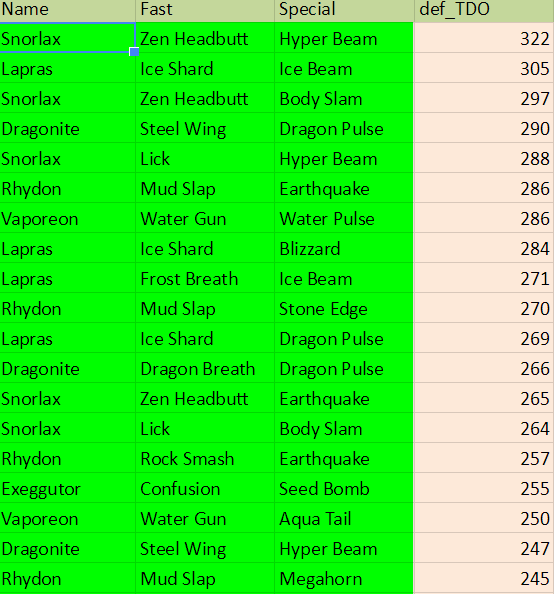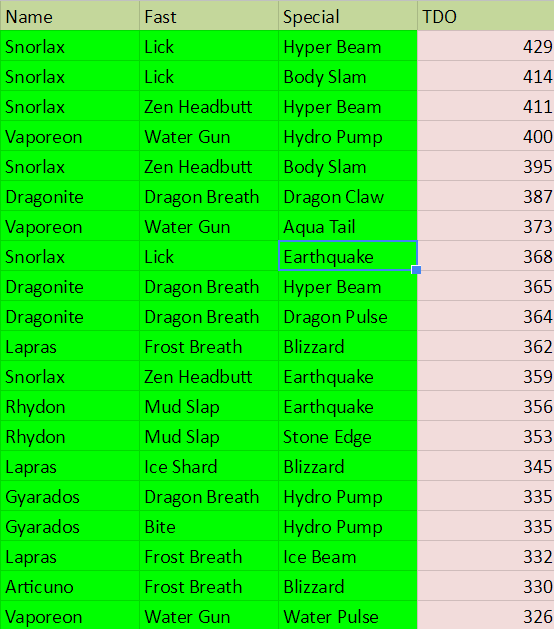Sometimes we'll drop some coins or bills into an open guitar case. Maybe we'll linger and listen for a moment. Most days, we just hurry by.
This time, we stopped and chatted with a few performers and shot some portraits along the G and L lines that take many young New Yorkers back and forth between Brooklyn and Manhattan.
 Andrew Kalleen busks at the Metropolitan stop on the G train.Source: Joshua Kristal
Andrew Kalleen busks at the Metropolitan stop on the G train.Source: Joshua KristalMetropolitan Ave. Station
Andrew Kalleen moved to New York after college to start playing music full-time. He's been playing piano since he was 4 years old, and he studied musical composition at San Francisco State University. He busks full-time now and is able to support himself, as many buskers are.
Kalleen performs almost every day for about one to six hours. He plays keyboard some days in the West 4th Street or Broadway-Lafayette stations, and other days he plays guitar in various subway stations. One of his favorite spots is still the Metropolitan Avenue G stop in Williamsburg, Brooklyn.
 Source: Joshua Kristal
Source: Joshua Kristal"I think a lot of people are more nervous to busk than to do an open mic or play a show," Kalleen said. "When you're doing an open mic or playing a show, everyone has given you permission to be up there and performing... whereas in the subway you are just showing up and giving something, and you are open to the criticism of everyone."
 Sung Lee beat boxing at Union SquareSource: Joshua Kristal
Sung Lee beat boxing at Union SquareSource: Joshua KristalUnion Square Station
Sung Lee beat boxes on subway platforms. He's been beat boxing for the past two years after quitting his job "cold turkey" to perform music. He moved from Las Vegas, where he was working as a teacher, to New York in order to start playing full-time.
"I started from the bottom, I guess, performing on the streets," Lee said. "One thing lead to another, and I started getting better, started getting more recognition. Eventually it's kind of become a full-time thing."
 Sung Lee draws a crowd at the Union Square Station.Source: Joshua Kristal
Sung Lee draws a crowd at the Union Square Station.Source: Joshua KristalMany buskers play professional gigs, and some find fans to come to their shows from their performances in the subway. There are musicians who are trying to build a following, and then there are people who play in the professional symphony orchestra one day and the subway platform the next.
 Source: Joshua Kristal
Source: Joshua Kristal"The pressure is on more in the subway because you have all these commuters and tourists. They don't have to give you the time of day if they don't want to," Lee said. "My job there is to get their attention. I'm more aggressive. I talk to them more. I engage them more than say a gig where everyone is seated and expecting you to perform."
 Zoe Walsh plays at the 14th Street L Station.Source: Joshua Kristal
Zoe Walsh plays at the 14th Street L Station.Source: Joshua KristalCompetition for MTA-approved busking slots can be fierce. Artists must submit a packet with their information, demos and musical performance history months in advance. Then, they show up and audition for just a handful of locations, in one day. The MTA program locations are some of the best spots in the city: Grand Central, 34th Street and Times Square. These are places artists can make good money in just a few hours.
 Source: Joshua Kristal
Source: Joshua KristalBeing vulnerable amidst a crowd of strangers who have places to be and things to do is an intimidating undertaking. To stand there making music while people ignore you takes courage, and to do it for nothing certainly seems like a selfless act. We don't often stop to think what it might have taken to get a six-piece drum kit down four flights of stairs to the L train platform. Sometimes we pretend not to listen because we don't want to give, or we avoid making eye contact even though we're enjoying the music.
 Dee Dee King at Union Square StationSource: Joshua Kristal
Dee Dee King at Union Square StationSource: Joshua KristalWhether you're performing or passing by, the subway would feel empty without its buskers. While plenty of cities have street performers, Lee believes there's something unique about the musicians who spend their time underground in New York's subway platforms.
"It's more of a culture here than in other places," Lee said. "It's been around for a long time. You can just tell when you walk outside. There's almost a performer in every station. It's everywhere, and that's what I love about it."
 Source: Joshua Kristal
Source: Joshua KristalAnd if you stop, you find yourself between moments — paused, if only briefly, in the present. And a moment is all you need to change the tone of your day

 The new top 20 gym attackers in 'Pokémon Go', following the recent balance update.Source: GrayMagicGamma/The Silph Road
The new top 20 gym attackers in 'Pokémon Go', following the recent balance update.Source: GrayMagicGamma/The Silph Road